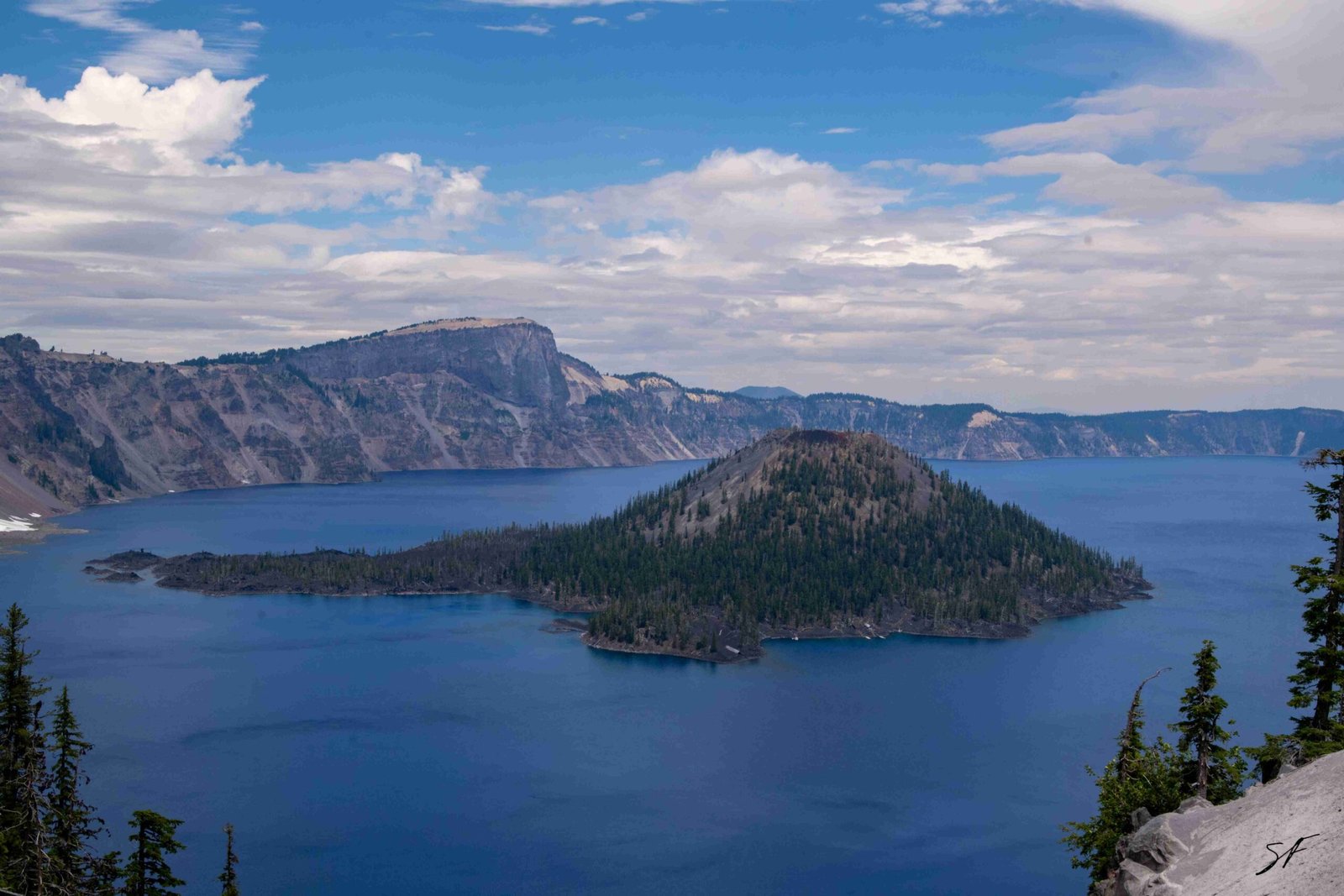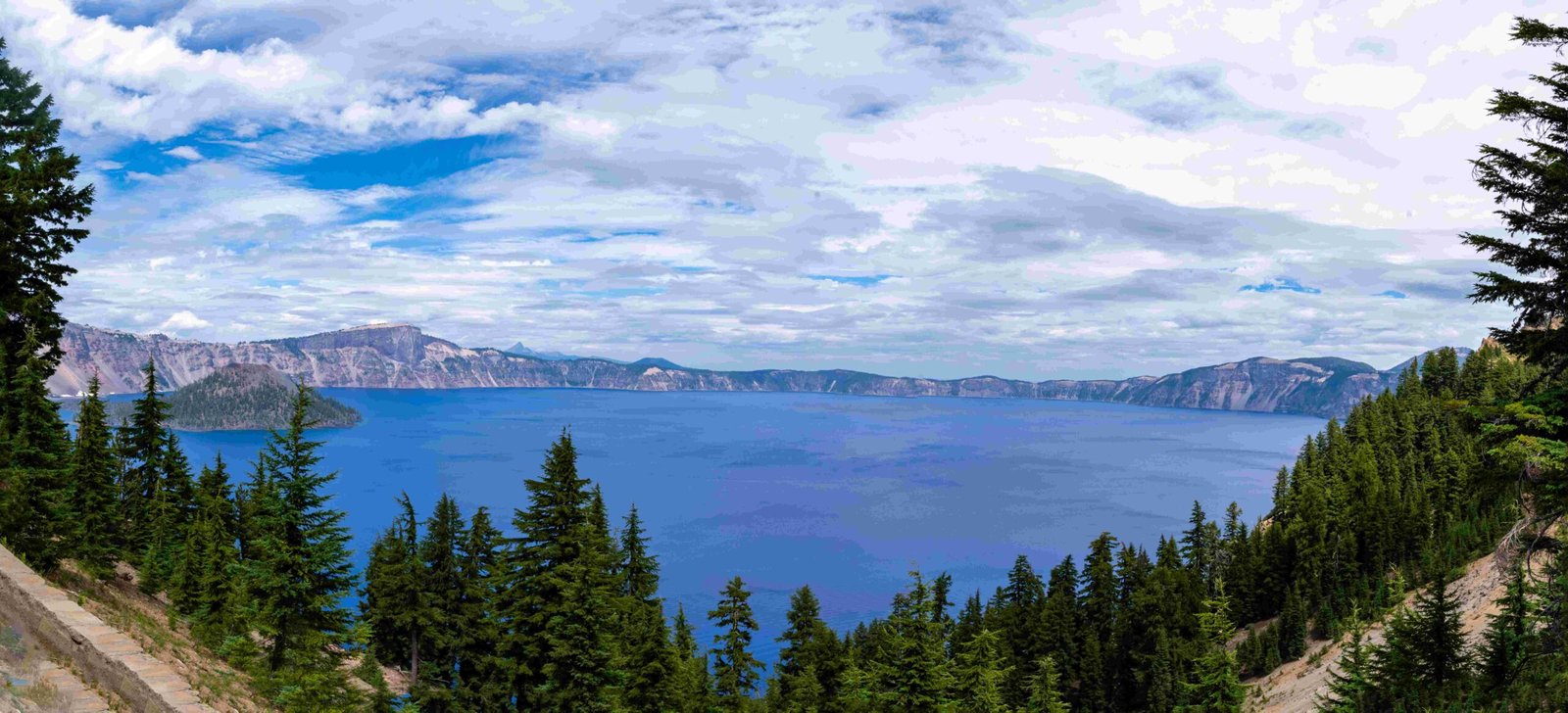Crater Lake harbors a remarkable underwater world teeming with unique aquatic life, where isolated geological conditions have created a distinctive ecosystem supporting several remarkable species. From the endemic Mazama Newt to introduced Kokanee Salmon, these water animals represent a complex and fascinating biological community within one of North America’s most extraordinary natural landscapes.
What Makes Crater Lake’s Aquatic Ecosystem Unique?

Crater Lake’s extraordinary aquatic environment results from its volcanic origin, extreme depth, and isolation. The lake’s pristine waters support a limited but fascinating array of water animals that have adapted to its challenging conditions.
Key Characteristics of Crater Lake’s Water Animals
| Species | Type | Population | Unique Characteristics |
|---|---|---|---|
| Kokanee Salmon | Fish | ~60,000 | Landlocked, introduced species |
| Rainbow Trout | Fish | Moderate | Cold-water adaptation |
| Mazama Newt | Amphibian | Limited | Endemic subspecies |
Which Fish Inhabit Crater Lake?

Introduced Fish Species
The lake’s fish population primarily consists of introduced species that have successfully established themselves:
- Kokanee Salmon
- Scientifically known as Oncorhynchus nerka
- Stocked between 1888 and 1941
- Estimated population of 60,000
-
Thrive in cold, deep waters
-
Rainbow Trout
- Coexist with Kokanee Salmon
- Adapted to the lake’s cold, clear waters
- Important part of the lake’s food web
What Amphibians Live in Crater Lake?
The Endemic Mazama Newt
The Mazama Newt (Taricha granulosa mazamae) represents a remarkable example of localized evolution:
- Habitat: Shoreline rocks and driftwood
- Diet: Snails and insects
- Conservation Status: Endemic to Crater Lake
- Unique Challenge: Competing with introduced crayfish
How Do Water Animals Survive in Crater Lake?
Ecological Adaptations
Water animals in Crater Lake have developed specialized strategies for survival:
- Extreme cold water tolerance
- Limited food resources
- Isolation from other water systems
- Unique predator-prey relationships
Where Can Visitors Observe Crater Lake Water Animals?
Recommended Viewing Locations
- Cleetwood Cove Trail: Only lake access point
- Boat Tours to Wizard Island
- Shoreline Areas
Seasonal Observation Tips
- Summer: Peak wildlife visibility
- Autumn: Kokanee Salmon spawning season
Conservation and Protection Efforts
Wildlife Management Strategies
- Restricted fishing zones
- Habitat preservation
- Monitoring endemic species
- Controlling invasive species
Research and Scientific Significance
Crater Lake’s water animals provide critical insights into:
– Evolutionary adaptation
– Isolated ecosystem dynamics
– Climate change impacts
– Biodiversity preservation
Research Focus Areas
- Genetic isolation
- Species interaction
- Environmental changes
- Population dynamics
Additional Considerations for Wildlife Enthusiasts
Visitor Guidelines
- Maintain safe distance from wildlife
- Do not disturb natural habitats
- Follow park regulations
- Use binoculars for observation
Photography Recommendations
- Use telephoto lenses
- Respect wildlife boundaries
- Capture without interfering
Ongoing Scientific Studies
Researchers continue investigating Crater Lake’s unique water animals to understand:
– Genetic variations
– Survival mechanisms
– Ecosystem resilience
References:
– National Park Service – Crater Lake Fishing
– Travel Oregon – Lake Wildlife

